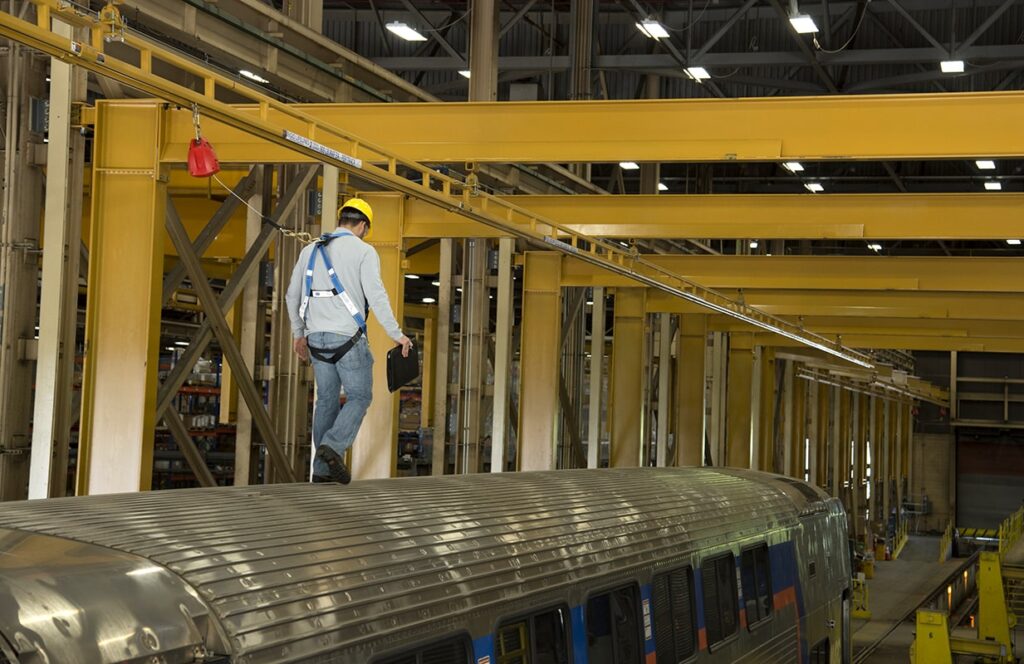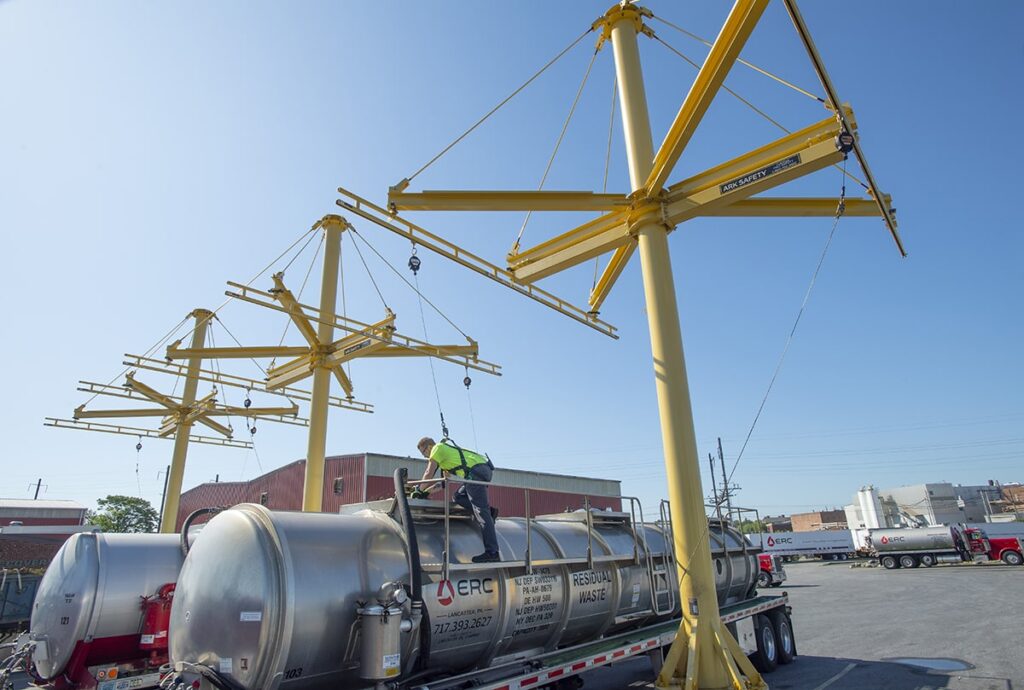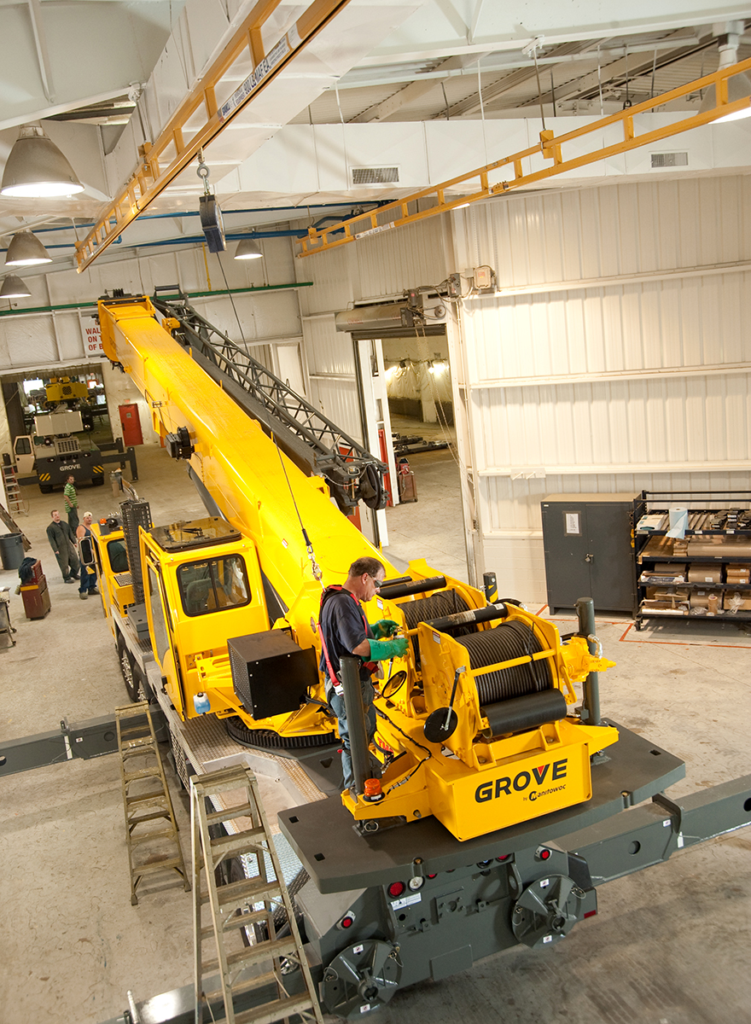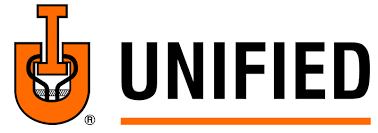- UnifiedEnclosed Track Rail
- Workstation Cranes
- Jib Cranes
- Gantry Cranes
- Fall Protection Systems
- Automation
Call us today at (800) 728-0818

Overhead fall protection systems are crucial safety measures designed to protect workers who operate or maintain overhead cranes. These systems are essential because working at heights around cranes presents significant fall hazards. They provide a secure anchor point for workers using personal fall arrest systems (PFAS).
Fall protection is required when employees work at heights of:
Designed for both fixed and portable installation, a rigid rail system provides a dependable safety solution by offering a secure, fixed track for a worker’s lanyard to connect to. These systems offer less deflection in the event of a fall compared to a cable lifeline system, potentially reducing the risk of secondary injuries. Rigid Rail Systems are often preferred for frequent access areas.
Implementing an overhead fall protection system at your workstation enhances workplace safety, improves productivity, and helps protect your company from potential liabilities. It’s an investment in your most valuable asset: your employees.

A secure attachment point that can withstand the forces generated in a fall. Anchor points must meet OSHA and ANSI standards and be installed by qualified professionals.
A full-body harness distributes fall forces across the worker’s shoulders, chest, pelvis, and thighs, ensuring proper support and minimizing injury risk.
Typically a shock-absorbing lanyard or a self-retracting lifeline (SRL), this component links the harness to the anchor point and controls deceleration in the event of a fall.

A thorough assessment of the fall hazards associated with the workstation operations and maintenance is essential.
The fall protection system must be designed by qualified engineers to ensure it is adequate for the specific application.
Installation must be performed by trained and competent personnel.
Workers must be trained in the proper use and inspection of fall protection equipment.
Regular inspection and maintenance are crucial to ensure the continued effectiveness of the fall protection system.
The most important benefit is the protection of workers from falls, which can result in serious injuries or fatalities.
Workers who feel safe and secure are more likely to be productive. Fall protection systems allow workers to focus on their tasks without fear of falling.
Implementing effective fall protection systems can help companies avoid costly fines and legal action in the event of a fall accident.
OSHA and other regulatory bodies require employers to provide fall protection for workers at heights. Overhead fall protection systems help companies meet these requirements.
AFE utilizes a large comprehensive supply chain for materials and parts in addition to establishing long term relationships with our parts vendors. This relationship helps us to expedite parts so that your equipment can be repaired quickly.




Ensuring the safety of workers operating at heights is a critical responsibility in various industries. Implementing effective fall protection measures not only safeguards employees but